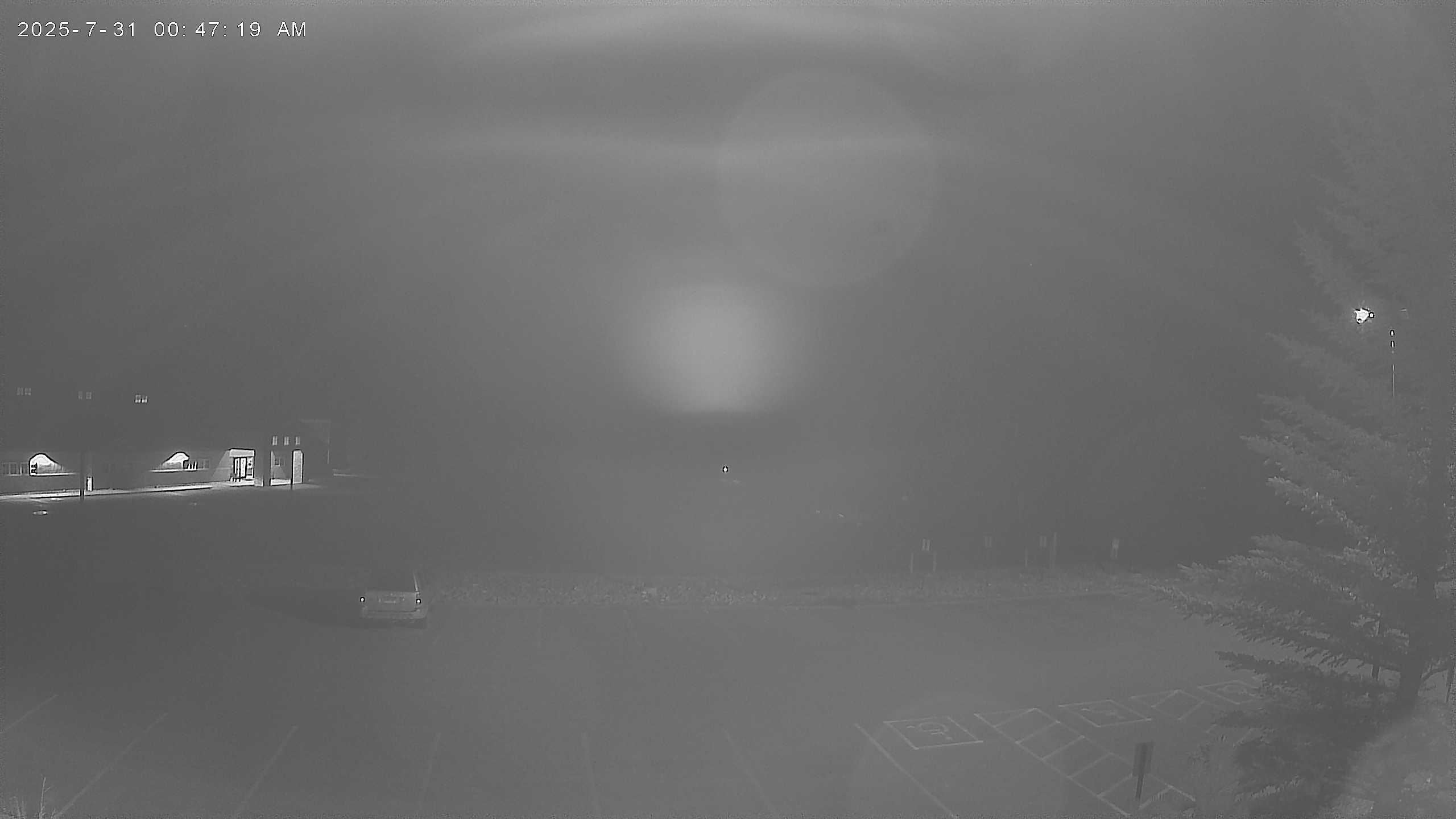Leadville, Colorado Weather Cams

Leadville/Lake County
Leadville, Colorado: Cloud City of Silver Dreams and Rocky Mountain Resilience
Leadville, Colorado Weather Cams. Perched at 10,152 feet above sea level, Leadville, Colorado, is the highest incorporated city in the United States—and one of the most storied. Nestled in the Upper Arkansas River Valley and flanked by towering peaks like Mount Elbert and Mount Massive, Leadville’s history is a saga of boomtown bravado, silver fortunes, and enduring grit. From its gold rush origins to its Victorian architecture and mining legacy, Leadville is a living museum of the American West.
California Gulch and the Gold Rush Origins
The story begins in 1860, when prospector Abe Lee discovered placer gold in California Gulch, just east of present-day Leadville. Within months, thousands of miners flooded the area, establishing the settlement of Oro City. By the end of that summer, over $2 million in gold had been extracted, and the population swelled to 10,000. But the gold was soon depleted, and by the mid-1860s, Oro City was in decline.
Yet the miners had noticed something peculiar: heavy black sand that clogged their sluices. In 1874, assays revealed that the sand was cerussite—a lead carbonate rich in silver. This discovery sparked a second, even more dramatic boom.
The Silver Bonanza and the Birth of Leadville
By 1877, prospectors had traced the silver-rich sands to lode deposits in the hills above Oro City. A new settlement emerged, initially called Slabtown for its rough wooden structures. When residents petitioned for a post office in 1878, they chose the name Leadville, honoring the lead ore that carried silver within it.
The silver boom transformed Leadville into one of the richest mining districts in the world. By 1880, the city boasted gas lighting, water mains, 28 miles of streets, five churches, three hospitals, six banks, and a school for 1,100 students. Its population soared to nearly 30,000, making it the second-largest city in Colorado after Denver.
Horace Tabor and the Silver Kings
No figure looms larger in Leadville’s lore than Horace Austin Warner Tabor. A former storekeeper who grubstaked prospectors, Tabor struck it rich with the Little Pittsburg Mine and became a silver magnate. He built the opulent Tabor Opera House in 1879, billed as the finest theater between St. Louis and San Francisco. Tabor’s meteoric rise—and eventual fall after the 1893 silver crash—epitomized the boom-and-bust cycle of mining towns.
Other notable figures included Meyer Guggenheim, who launched a mining empire from Leadville, and J.J. Brown, whose wife, Margaret “Molly” Brown, would become famous for surviving the Titanic.
Fryer Hill and the Richest Ground on Earth
One of the richest discoveries came in 1878, when George Fryer struck silver on what became known as Fryer Hill. The area yielded millions in ore and attracted a flood of miners, investors, and entrepreneurs. At its peak, Leadville’s mines produced over $82 million in silver—equivalent to billions today.
The town’s wealth fueled a vibrant, if rowdy, culture. Saloons, gambling halls, and dance houses lined the streets. Leadville earned nicknames like “Cloud City” and “The Magic City” for its altitude and rapid growth.
The Silver Crash and the Ice Palace
The good times ended abruptly in 1893 with the repeal of the Sherman Silver Purchase Act. Silver prices plummeted, mines closed, and thousands lost their jobs. Tabor died nearly penniless, and Leadville’s economy teetered on collapse.
In a bid to revive the town, residents built the Leadville Ice Palace in 1896—a massive structure of ice and timber that housed skating rinks, ballrooms, and exhibits. Though it melted by spring, the Ice Palace drew national attention and remains a symbol of the town’s resilience.
Railroads, Smelters, and Industrial Might
Leadville’s success was tied to its transportation and processing infrastructure. The Denver & Rio Grande and Colorado Midland railroads connected the city to Denver and beyond. Smelters like the Harrison Works processed ore from across the region, while flumes and tunnels carried water and waste.
The city’s strategic location made it a hub for surrounding mining camps like Twin Lakes, Climax, and Alma. The Interlaken Resort on Twin Lakes, built in 1879, became a luxurious retreat for the wealthy, though it later declined due to dam construction and fears of malaria.
Labor Struggles and Social Change
Leadville was also a crucible for labor unrest. In the 1890s, miners organized strikes demanding better wages and working conditions. The Western Federation of Miners, founded in nearby Butte, Montana, gained traction in Leadville, and tensions between labor and mine owners occasionally turned violent.
Despite its rough edges, Leadville was a diverse and dynamic community. Immigrants from Ireland, Italy, China, and Eastern Europe contributed to its cultural fabric. Women played key roles as business owners, teachers, and activists.
Preservation and Reinvention
By the mid-20th century, Leadville’s mining industry had waned, though the nearby Climax molybdenum mine remained active. The city reinvented itself as a heritage tourism destination, preserving its Victorian architecture and mining relics.
In 1961, the Leadville Historic District was designated a National Historic Landmark, encompassing 70 square blocks and 67 mines. The Tabor Opera House, Healy House Museum, and Matchless Mine offer glimpses into the city’s gilded past.
Leadville also became known for its outdoor recreation. The Leadville Trail 100 ultramarathon and mountain bike race draw athletes from around the world. The Mineral Belt Trail, a scenic loop through historic mining sites, offers year-round hiking and biking.
A City Above the Clouds
Today, Leadville is home to around 2,600 residents who embrace its high-altitude lifestyle and storied past. The city’s motto, “The Two-Mile-High City,” reflects both its elevation and its enduring spirit.
Surrounded by the Sawatch and Mosquito ranges, Leadville remains a place where history is not just preserved—it’s lived. From the echoes of pickaxes in California Gulch to the laughter in the Tabor Opera House, Leadville is a city that remembers, rebuilds, and rises—again and again—above the clouds.
For more information, visit the Leadville, Colorado official website.
